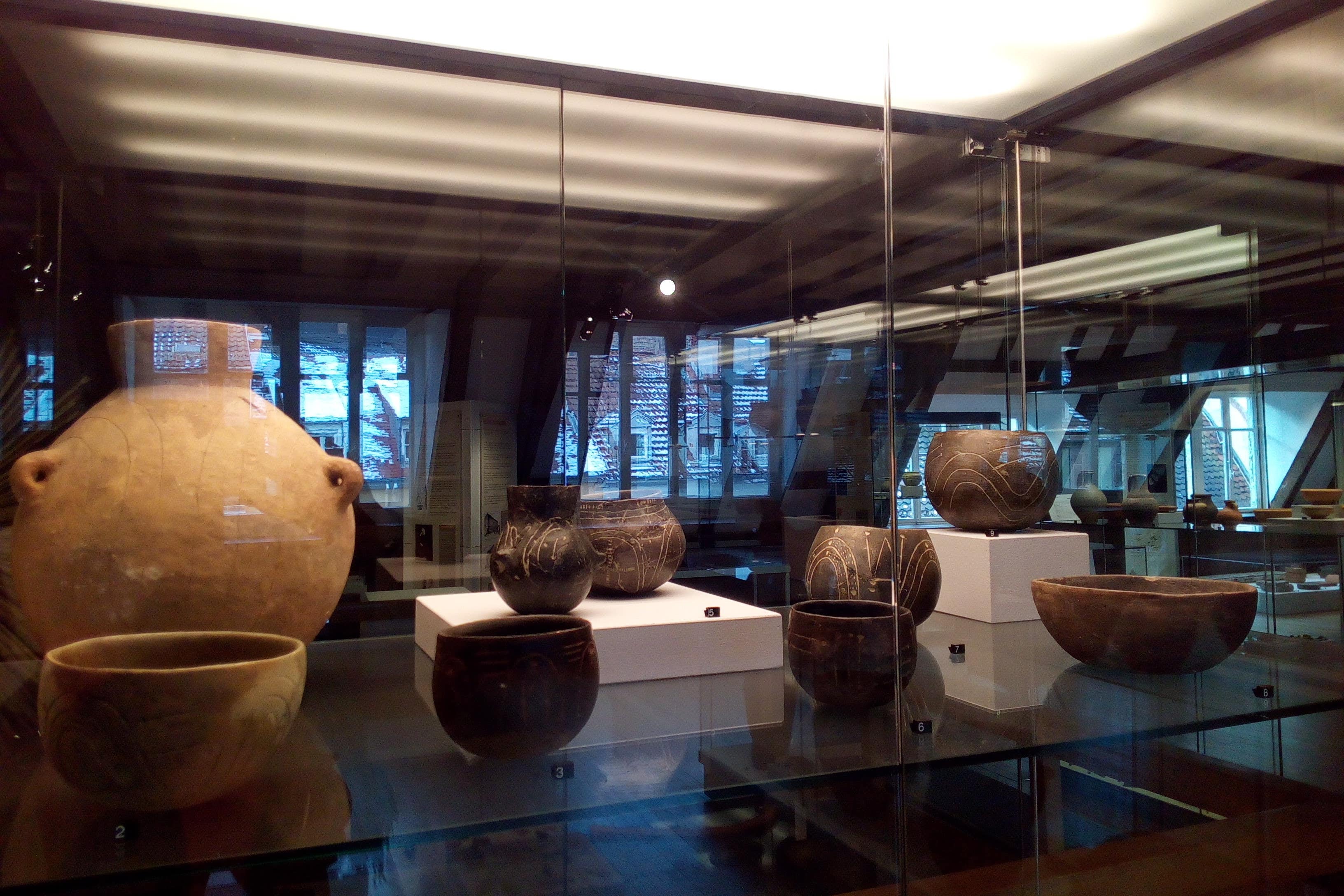Europeans were consuming milk 7,400 years ago, scientists find
Dairy fat traces found in pottery from the 54th century BC are the earliest evidence of people eating and drinking milk.

Your support helps us to tell the story
From reproductive rights to climate change to Big Tech, The Independent is on the ground when the story is developing. Whether it's investigating the financials of Elon Musk's pro-Trump PAC or producing our latest documentary, 'The A Word', which shines a light on the American women fighting for reproductive rights, we know how important it is to parse out the facts from the messaging.
At such a critical moment in US history, we need reporters on the ground. Your donation allows us to keep sending journalists to speak to both sides of the story.
The Independent is trusted by Americans across the entire political spectrum. And unlike many other quality news outlets, we choose not to lock Americans out of our reporting and analysis with paywalls. We believe quality journalism should be available to everyone, paid for by those who can afford it.
Your support makes all the difference.Milk was first used by farmers in central Europe about 7,400 years ago, research has found.
Scientists found dairy fat traces in the walls of pottery from the 54th century BC.
This technique targets proteins from animal fat residues making it uniquely suited to pinpointing the introduction of new foodstuffs in prehistoric times.
The research at the University of Bristol analysed more than 4,300 pottery vessels from 70 settlements for their food residues.
The results revealed considerable variation in milk use across the region, with only 65% of sites presenting evidence of dairy fats in ceramics vessels – suggesting milk use was not universally adopted by these early farmers.
The prehistoric settlers were the earliest Neolithic farming groups in central Europe, known as the Linearbandkeramik (LBK) culture.
Focussing on the sites and ceramics with dairy residues, the researchers produced about 30 new radiocarbon dates to chart the advent of dairy exploitation by farmers.
These new dates correspond to the earliest settlements during the middle of the 6th Millennium BC.
Lead author Dr Emmanuelle Casanova, who conducted the research while completing her PhD in archaeological chemistry at the University of Bristol, said: “It is amazing to be able to accurately date the very beginning of milk exploitation by humans in prehistoric times.
“The development of agropastoralism transformed prehistoric human diet by introducing new food commodities, such as milk and milk products, which continues to the present day.”
Co-lead author, Professor Richard Evershed, from the university’s school of chemistry, added: “This research is hugely significant as it provides new insights into the timing of major changes in human food procurement practices, as they evolved across Europe.
“It provides clear evidence that dairy foods were in widespread circulation in the Early Neolithic, despite variations in the scale of activity.”
– The study is published in the journal Proceedings of the National Academy of Sciences (PNAS).